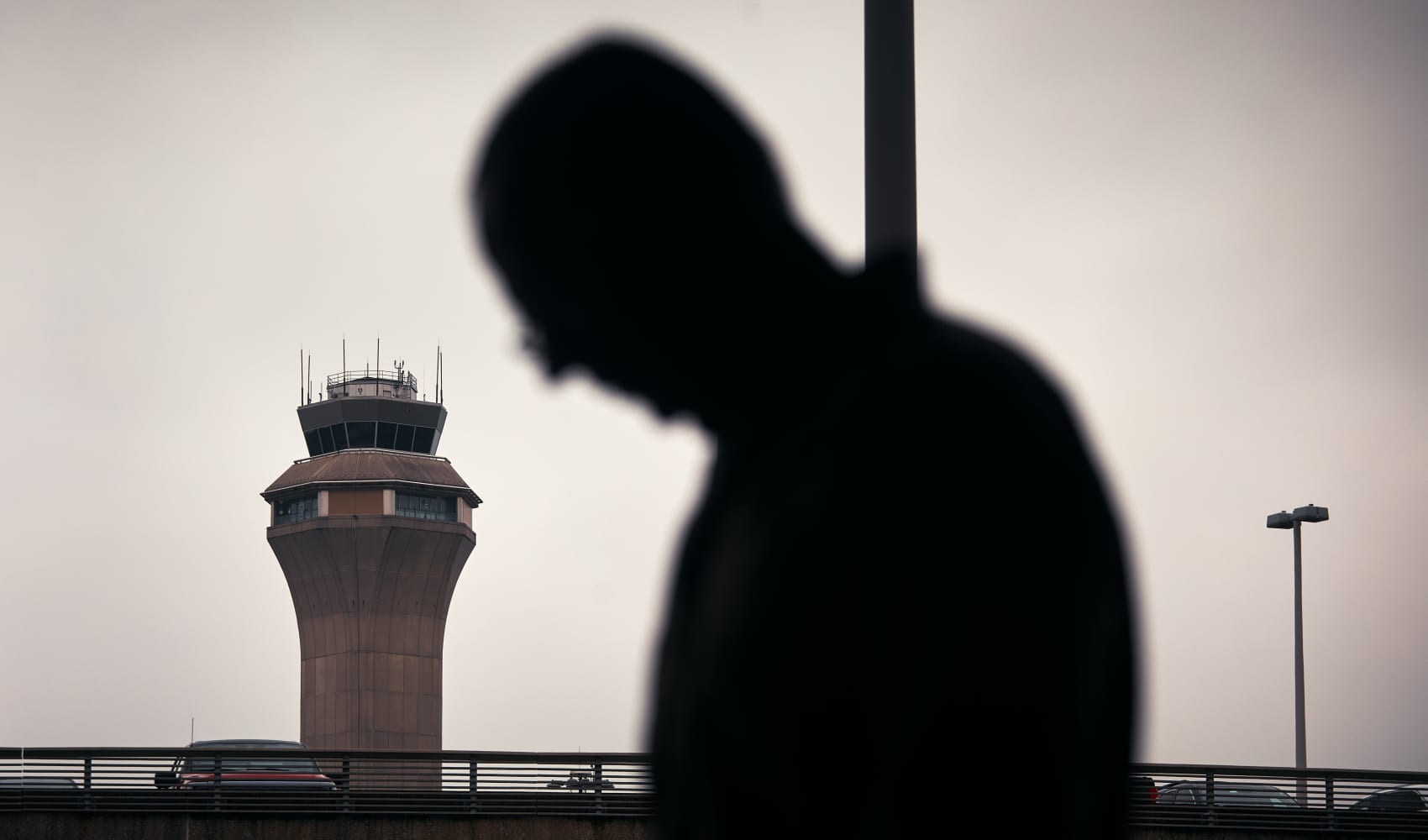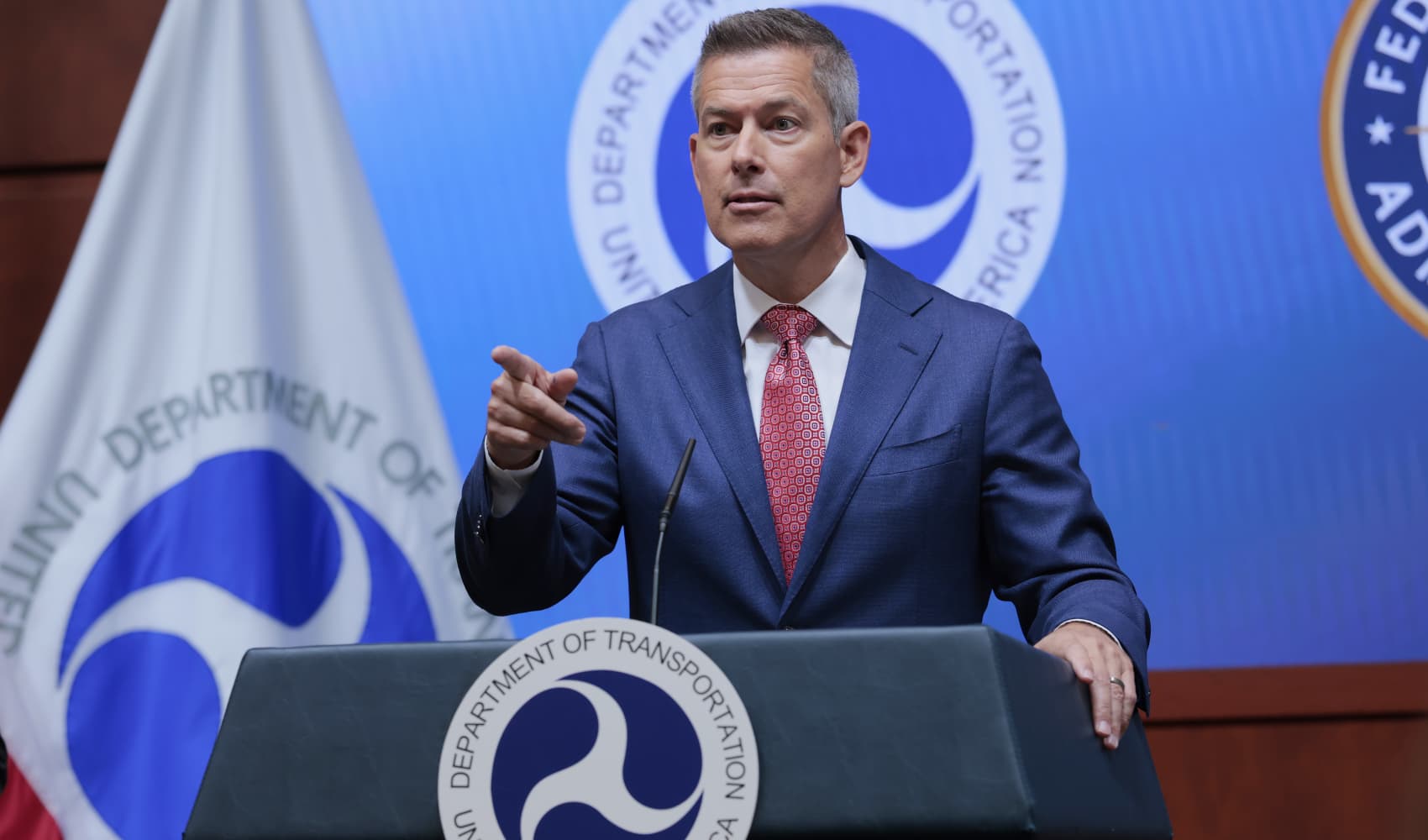Newark Air Outage: Is Aging Tech Risking Passenger Safety?
Newark Airport Outage: Is Aging Tech Putting Passengers at Risk?
Introduction: Another Glitch in the System
Imagine you're cruising at 30,000 feet, trusting that the folks on the ground have everything under control. Now, imagine that control room goes dark for a nerve-wracking 90 seconds. That's essentially what happened again at Newark Liberty International Airport. Air traffic controllers lost contact with planes in another overnight outage, raising serious questions about the reliability of our aging air traffic control system. This incident, occurring so soon after the Trump administration announced plans for technological upgrades, has understandably stirred concern. But what really happened, and what does it mean for air travel safety?
The Newark Outage: A Timeline of Events
3:55 AM ET: A Critical Communication Breakdown
According to the FAA, the outage struck at approximately 3:55 a.m. ET on Friday. At this hour, the airport is considerably quieter compared to peak times. However, even a brief communication loss can be dangerous. The outage affected radar and communication with aircraft navigating in and out of Newark.
A 90-Second Window of Vulnerability
Ninety seconds might not sound like much, but in aviation, it's an eternity. Consider the sheer speed at which planes move. A lot can happen in 90 seconds when you're dealing with objects hurtling through the sky at hundreds of miles per hour. This short window is when the safety systems are most tested.
Minimal Disruptions? Maybe Not So Minimal
The FAA downplayed the incident, stating that disruptions were minimal due to the low volume of overnight flights. But can we truly afford to dismiss this? Even "minimal" disruptions can have ripple effects. What if a critical flight was affected? Or if bad weather had complicated matters further?
Deja Vu: Echoes of the April 28th Incident
The April Afternoon Outage: A Messy Precedent
This isn't the first time Newark has experienced such an outage. On April 28th, a similar incident occurred during the afternoon, causing widespread delays and cancellations. That outage snarled air travel for days, impacting countless passengers. The current event evokes memories of that chaotic day and raises concerns about a recurring problem.
Comparing the Two Incidents: Are They Related?
Are these outages isolated incidents, or are they symptoms of a larger systemic issue? The proximity in time and nature of these two outages at Newark strongly suggests an underlying problem. Determining the root cause is crucial to preventing future disruptions.
Aging Technology: The Elephant in the Control Tower
Outdated Systems: A Recipe for Disaster?
The core of the problem seems to be the aging technology that powers our air traffic control system. Much of the infrastructure is decades old, relying on antiquated hardware and software. This raises the question: are we flying on technology from the rotary phone era in a smartphone world?
The Need for Modernization: A Race Against Time
The FAA has been talking about modernizing the air traffic control system for years. But progress has been slow, and these outages highlight the urgency of the situation. Modernization isn't just about convenience; it's about safety. We need to accelerate the transition to a more reliable and resilient system.
Trump Administration's Overhaul Plan: Too Little, Too Late?
The Trump administration's recent announcement of an overhaul plan is a welcome development, but the timing is certainly ironic. The plan aims to address these very issues, but will it be enough, and will it be implemented quickly enough to prevent future incidents? Are we finally taking the problem seriously, or is this just political theater?
Potential Causes: Digging Deeper
Software Glitches: The Ghost in the Machine
One possible cause of the outages is software glitches. Complex systems like air traffic control are prone to bugs and errors. A single line of flawed code can bring the entire system crashing down. Regular updates and rigorous testing are essential to minimizing these risks.
Hardware Failures: The Breakdown of Physical Components
Another possibility is hardware failure. Decades-old equipment is more likely to break down or malfunction. Imagine driving a car from the 1970s – you'd expect it to have more problems than a brand new model. The same principle applies to air traffic control technology. The older the hardware, the higher the risk of failure.
Human Error: The Unpredictable Factor
While technology is often blamed, human error can also play a role. Air traffic controllers are under immense pressure, and even a momentary lapse in concentration can have serious consequences. Could a procedural mistake or miscommunication have contributed to the outage?
Passenger Safety: The Top Priority
Reassuring the Public: FAA's Responsibility
The FAA has a responsibility to reassure the public that air travel is safe. However, simply stating that disruptions were "minimal" is not enough. Transparency is key. The FAA needs to provide detailed explanations of what happened and what steps are being taken to prevent future incidents.
Investing in Training: Empowering Air Traffic Controllers
Investing in training is crucial to ensuring the competency of air traffic controllers. They need to be equipped with the knowledge and skills to handle any situation, including unexpected outages. Are we providing our air traffic controllers with the best possible training and resources?
Backup Systems: The Safety Net
Robust backup systems are essential to mitigating the impact of outages. If the primary system fails, a reliable backup should immediately kick in to maintain communication and control. Are our backup systems adequate, and are they regularly tested?
The Bigger Picture: National Airspace Security
Protecting Our Skies: A Collective Responsibility
Ensuring the safety and security of our national airspace is a collective responsibility. It requires collaboration between the FAA, airlines, and other stakeholders. We all have a vested interest in maintaining a safe and efficient air transportation system.
International Standards: Learning from Others
It's important to learn from other countries and adopt best practices in air traffic control. Some nations have already implemented more modern and reliable systems. Are we leveraging international expertise to improve our own infrastructure?
Conclusion: A Call for Action
The recent outage at Newark Liberty International Airport is a wake-up call. It highlights the vulnerabilities in our aging air traffic control system and the urgent need for modernization. While the FAA downplays the impact, these repeated incidents raise serious questions about safety. We need to demand transparency, accountability, and a commitment to investing in the technology and training necessary to ensure the safety of air travel. The Trump administration's overhaul plan is a step in the right direction, but it must be implemented swiftly and effectively. The skies must remain safe.
Frequently Asked Questions (FAQs)
- What caused the Newark air traffic control outage? The FAA has not released a definitive cause, but possible factors include software glitches, hardware failures due to aging equipment, or even human error. A full investigation is underway.
- How long did the outage last? The outage lasted approximately 90 seconds at 3:55 a.m. ET.
- Were any flights directly affected by the outage? The FAA claims minimal disruptions due to the low volume of overnight flights. However, specific flight details potentially affected haven't been publicly released.
- What is the FAA doing to prevent future outages? The FAA is investigating the incident and says it's committed to modernizing the air traffic control system. The Trump administration also recently announced a plan for technological upgrades.
- Is it safe to fly? Despite these incidents, air travel remains statistically very safe. However, these outages underscore the need for continuous improvement and investment in air traffic control infrastructure to maintain that safety record.

